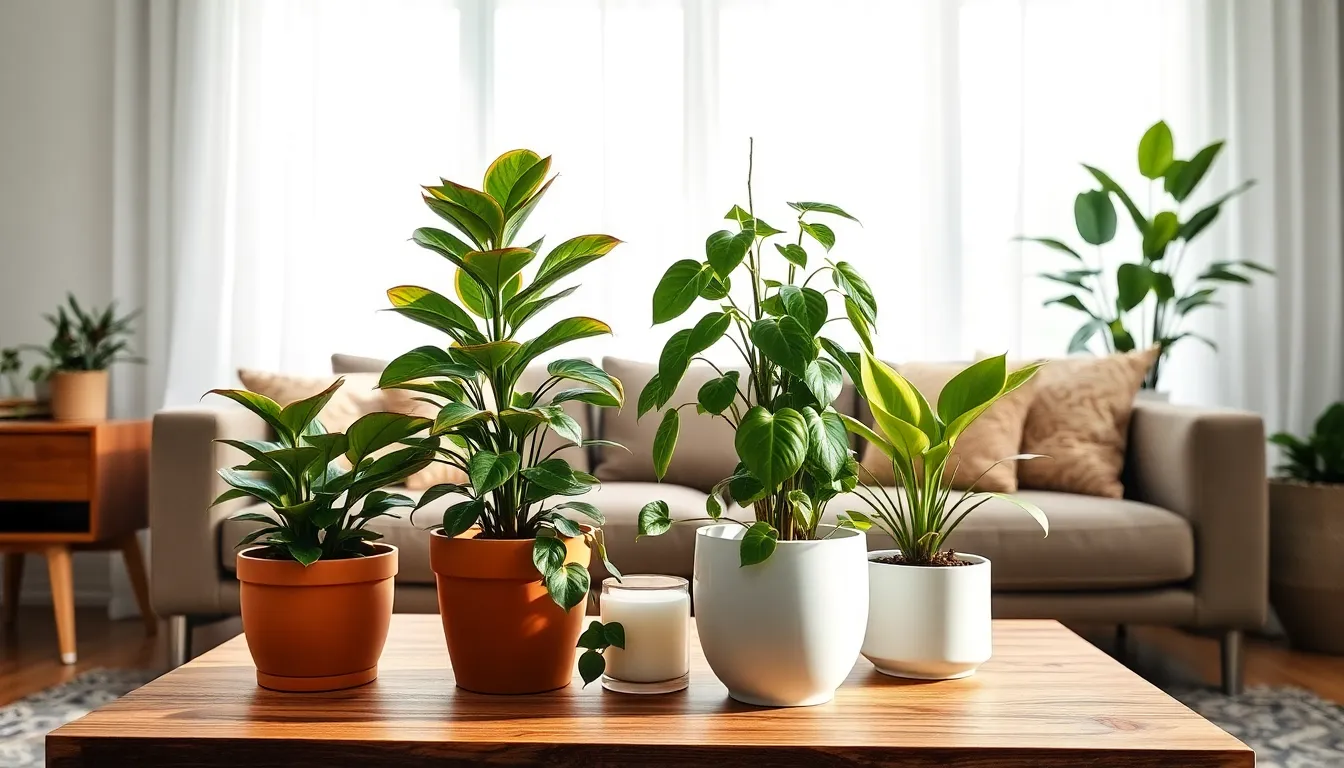For many of us, the dream of a lush, green sanctuary within our homes is often overshadowed by the demands of a busy lifestyle. Whether you’re a seasoned gardener or just starting to explore the joys of indoor greenery, the idea of nurturing houseplants without adding stress to your schedule is entirely possible.
In this guide, we’ll delve into the world of easy-to-care houseplants that thrive on minimal attention and maximum love. You’ll discover how to transform your living space into a vibrant oasis with plants that not only survive but flourish, offering a sense of tranquility amidst the hustle and bustle.
With a focus on practicality and beauty, we’ll introduce you to a selection of resilient plants perfect for both beginners seeking confidence and seasoned enthusiasts looking for low-maintenance options. By the end of this article, you’ll have the knowledge to choose the ideal houseplants suited to your lifestyle, ensuring your indoor garden is both rewarding and manageable.
Choosing Low-Maintenance Houseplants
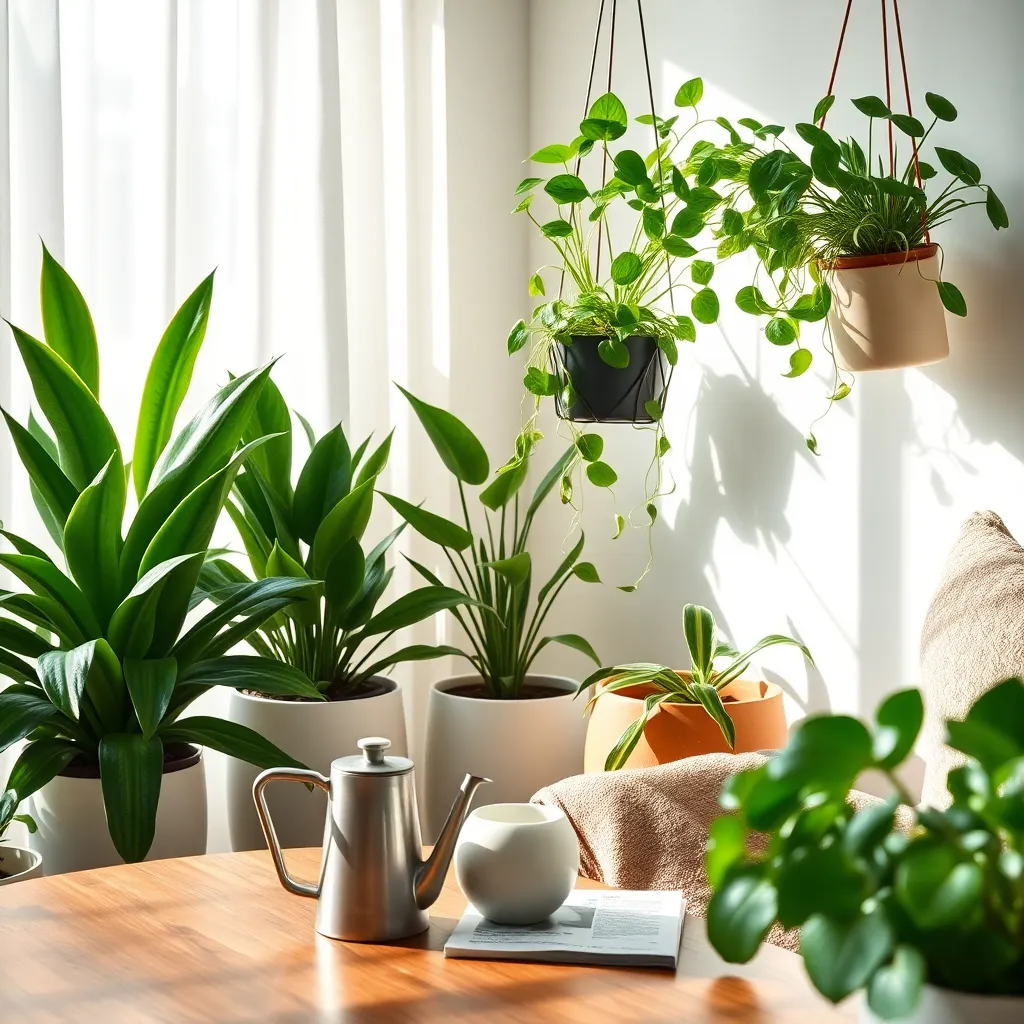
When choosing low-maintenance houseplants, it’s important to consider species that thrive with minimal intervention. Succulents, such as jade plants and aloe vera, are excellent choices as they require infrequent watering and can tolerate a range of light conditions.
Another option for those with busy schedules is the snake plant, known for its air-purifying qualities and resilience in low-light environments. This hardy plant only needs watering every two to three weeks, allowing you to focus on other tasks without worry.
For a touch of greenery that’s easy to care for, consider the ZZ plant (Zamioculcas zamiifolia), which thrives on neglect and can grow in indirect light. Its thick, waxy leaves store water efficiently, meaning it only requires watering once a month.
To ensure these plants remain healthy, use a well-draining potting mix that prevents overwatering. A cactus or succulent-specific soil is ideal for most low-maintenance houseplants, as it provides the right balance between moisture retention and drainage.
With these easy-care options, even the busiest individuals can enjoy the benefits of indoor plants without the stress of constant upkeep. By choosing wisely and providing suitable growing conditions, you can create a thriving indoor garden effortlessly.
Top Picks for Busy Schedules
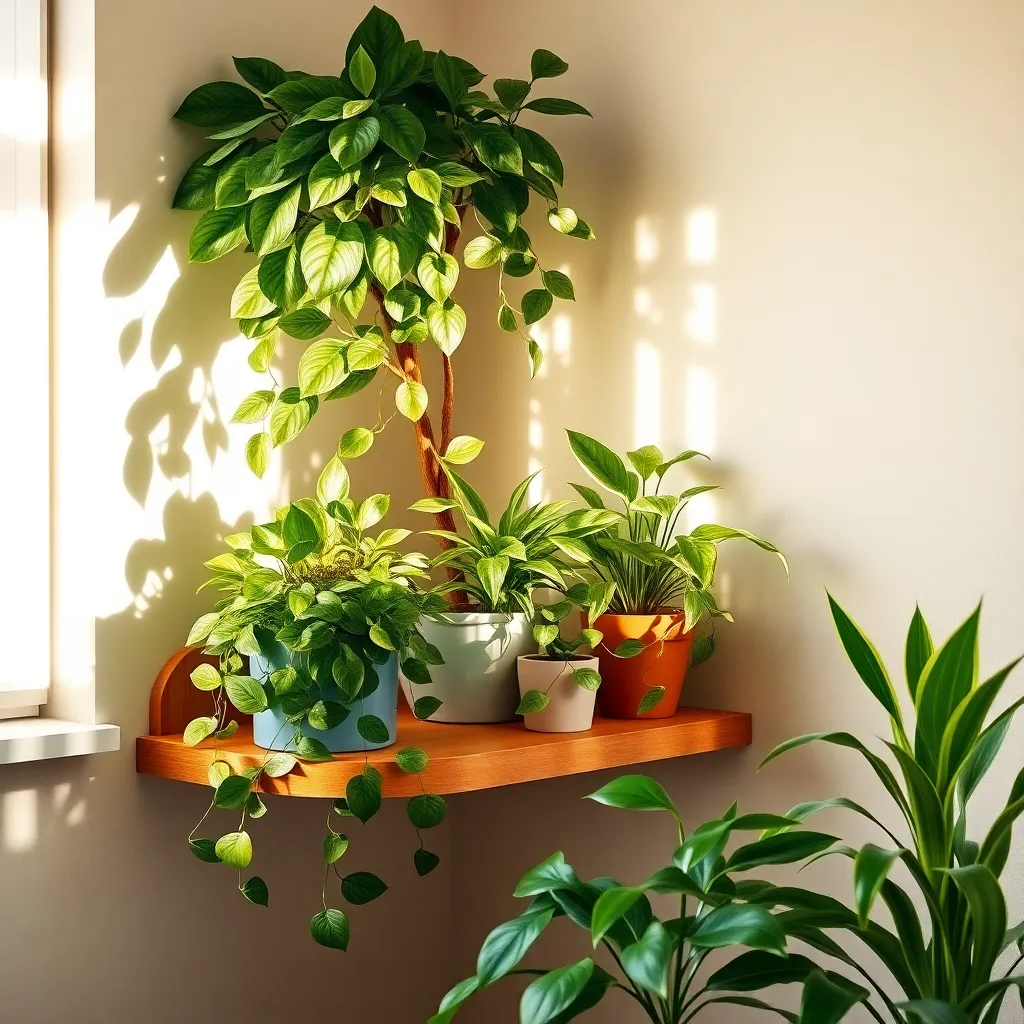
If you have a busy schedule, consider adding the Snake Plant (Sansevieria) to your home. This resilient plant thrives in a wide range of light conditions and only needs watering every two to three weeks, making it perfect for those who might forget about their plants occasionally.
Another excellent choice for busy individuals is the Pothos (Epipremnum aureum), known for its trailing vines and heart-shaped leaves. It can survive in low light conditions and benefits from being watered once the soil has dried out, usually every one to two weeks.
For those who desire a splash of color, the Peace Lily (Spathiphyllum) offers beautiful white blooms with minimal effort. It requires indirect sunlight and prefers to be watered weekly, but it will droop when thirsty, providing a clear signal for when it needs water.
ZZ Plant (Zamioculcas zamiifolia) is another hardy option that thrives on neglect, making it ideal for busy people. It tolerates low light and infrequent watering, needing water only when the top inch of soil feels dry to the touch.
Here are some additional care tips for these low-maintenance plants:
- Use a well-draining potting mix to prevent root rot, especially for Snake Plants and ZZ Plants.
- Ensure pots have drainage holes to avoid water accumulation at the base.
- Fertilize once every few months during the growing season to encourage healthy growth.
- Wipe leaves occasionally to remove dust, which helps the plant photosynthesize more efficiently.
Simplifying Your Plant Care Routine
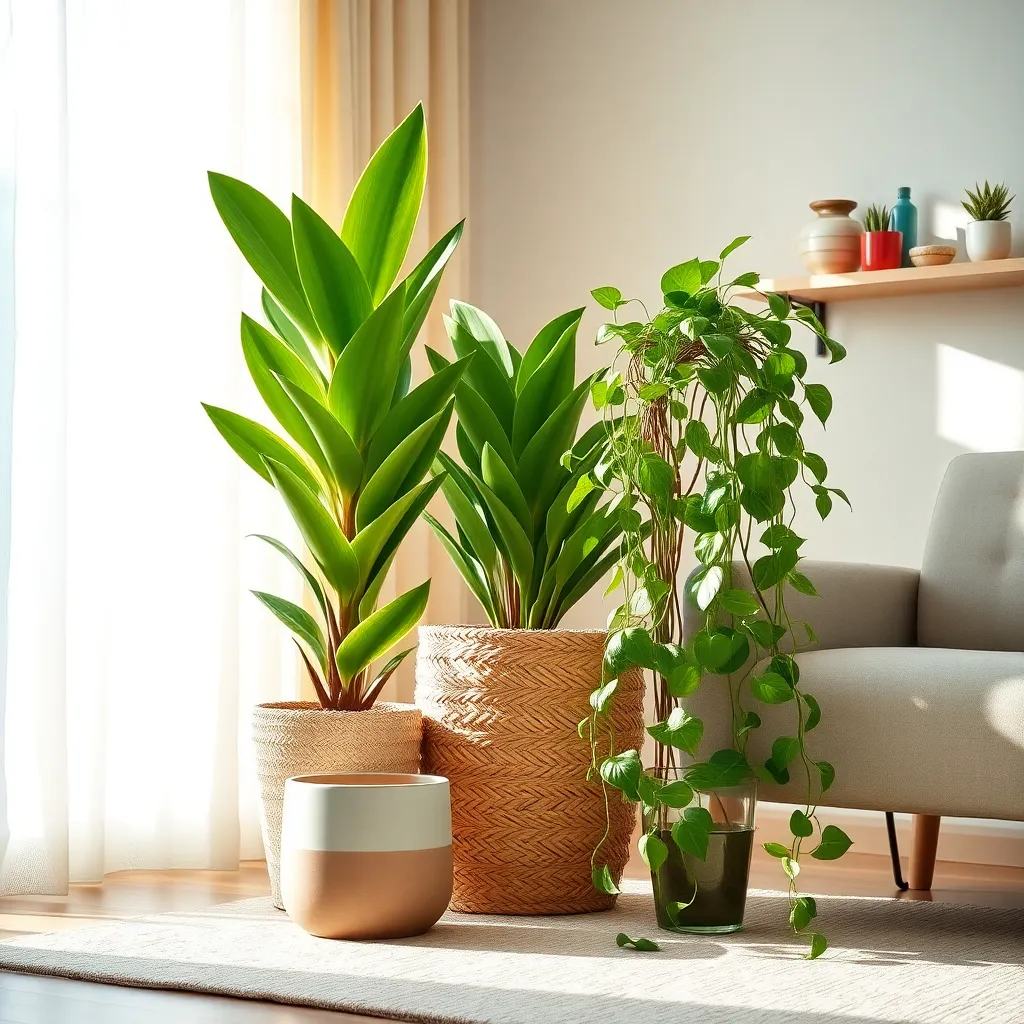
Streamlining your plant care routine begins with understanding the specific needs of your houseplants. Start by grouping plants with similar requirements together, such as light or watering needs, to make care more efficient.
Consider using self-watering pots, which can significantly reduce the frequency of watering and prevent overwatering. These pots often come with a water reservoir that keeps the soil consistently moist, ensuring that your plants receive just the right amount of hydration.
Soil choice is also crucial for simplifying care; opt for a high-quality potting mix that provides good drainage. A well-draining soil mix helps prevent root rot and reduces the need for frequent repotting, making maintenance easier.
For busy gardeners, choosing the right fertilizer can save time while keeping plants healthy. Use a slow-release fertilizer that gradually provides nutrients over time, so you don’t have to remember a monthly feeding schedule.
Designing a Stress-Free Plant Space
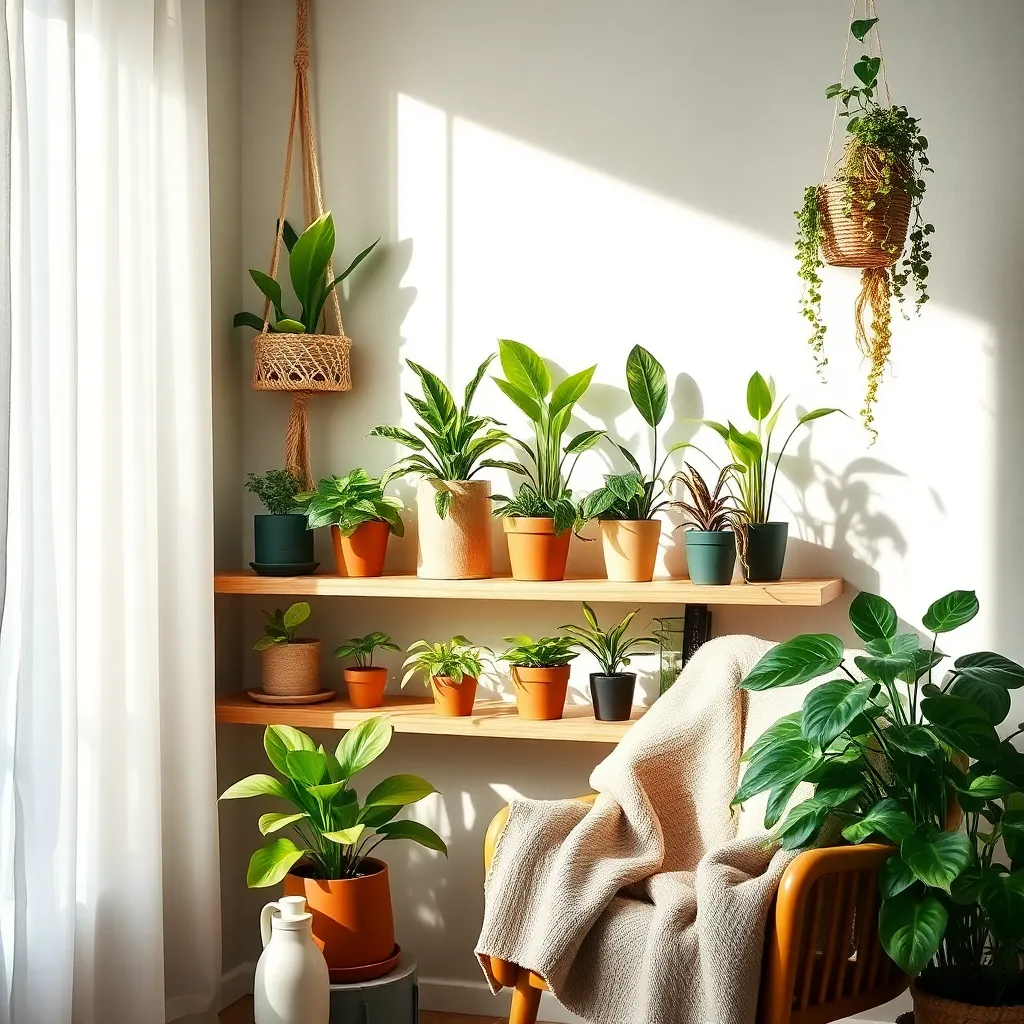
Creating a stress-free plant space starts with selecting the right location for your plants. Choose areas with suitable light conditions, such as a bright windowsill for sun-loving plants like succulents or a shaded corner for low-light tolerant species like snake plants.
Next, organize plants based on their watering needs to streamline your care routine. Group moisture-loving plants together so you can water them simultaneously, while drought-tolerant plants like ZZ plants and cacti can be placed in another section.
Consider using self-watering containers to minimize maintenance and ensure consistent moisture levels. These containers are especially helpful for those with busy schedules, as they can significantly reduce the frequency of watering.
To further reduce stress, incorporate low-maintenance plant varieties that thrive on neglect. Choose resilient species like pothos, spider plants, or peace lilies, which can tolerate irregular watering and varying light conditions.
Quick Tips for Thriving Greenery
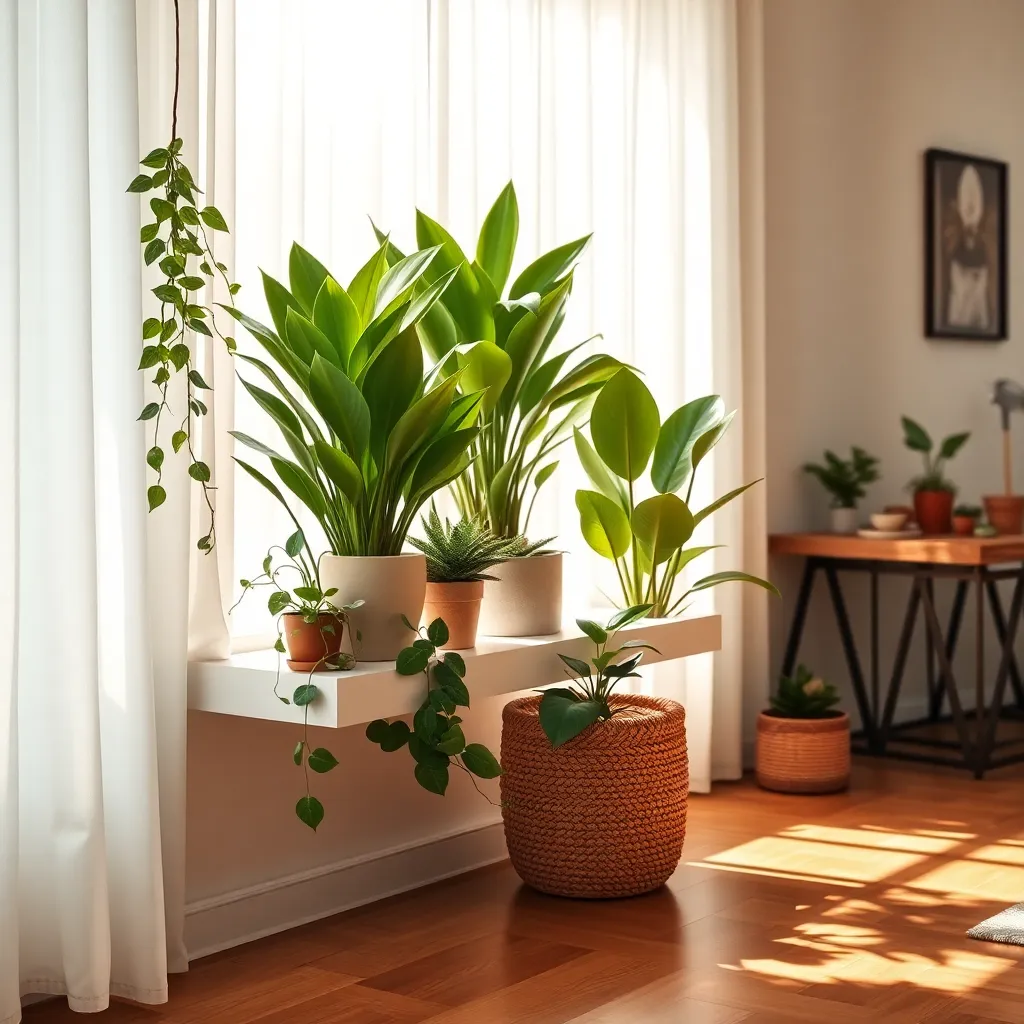
To ensure your houseplants thrive, start by placing them in the right spot. Most houseplants prefer indirect light, so consider a location near a window with filtered sunlight to prevent leaf scorch.
Watering is crucial but should be done judiciously. Let the top inch of soil dry out between waterings to prevent root rot, especially for succulents and cacti.
When it comes to soil, opt for a quality potting mix that provides good drainage. A cactus mix is ideal for succulents, while a peat-based mix works well for ferns and tropical plants.
Regular feeding can boost plant health, but it’s important to do it correctly. During the growing season, apply a balanced liquid fertilizer monthly to provide essential nutrients without overwhelming your plants.
Conclusion: Growing Success with These Plants
As we wrap up our exploration of easy-to-care houseplants, let’s refresh our understanding of the five key relationship concepts these verdant companions teach us: commitment grows with consistent care, communication thrives in the right environment, patience is a virtue worth cultivating, diversity strengthens our bonds, and resilience leads to thriving connections. Each plant serves as a gentle reminder that nurturing relationships, much like tending to houseplants, requires a blend of intentionality and patience.
Now, take a moment to choose one plant that resonated with you and bring it into your home. Let it be a symbol of your commitment to fostering growth in your relationships. As you watch it flourish, reflect on the parallels between its care and the nurturing of your personal connections.
To ensure these insights remain at your fingertips, bookmark this article for future reference. Doing so will help you revisit these principles whenever you need a gentle nudge towards cultivating harmonious relationships. Remember, with dedication and care, relationships—like well-tended plants—can flourish beautifully and bring lasting joy. Here’s to nurturing not just greenery, but the vibrant relationships in your life!

